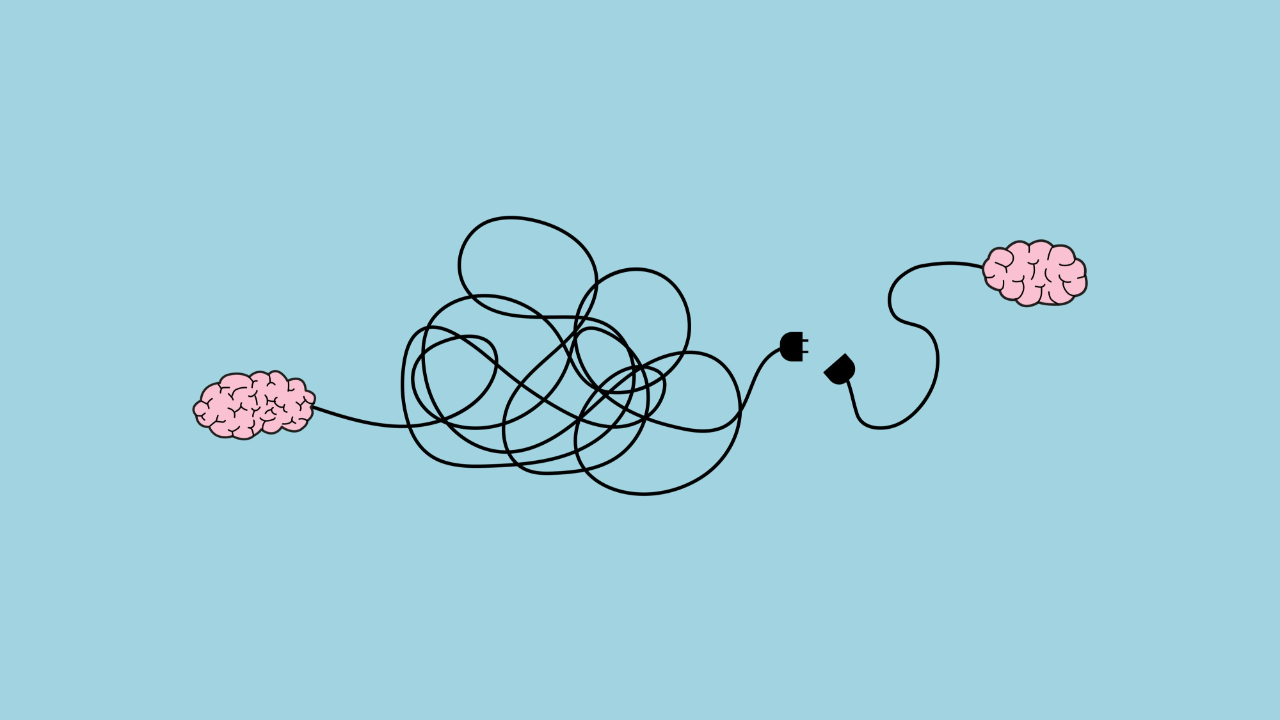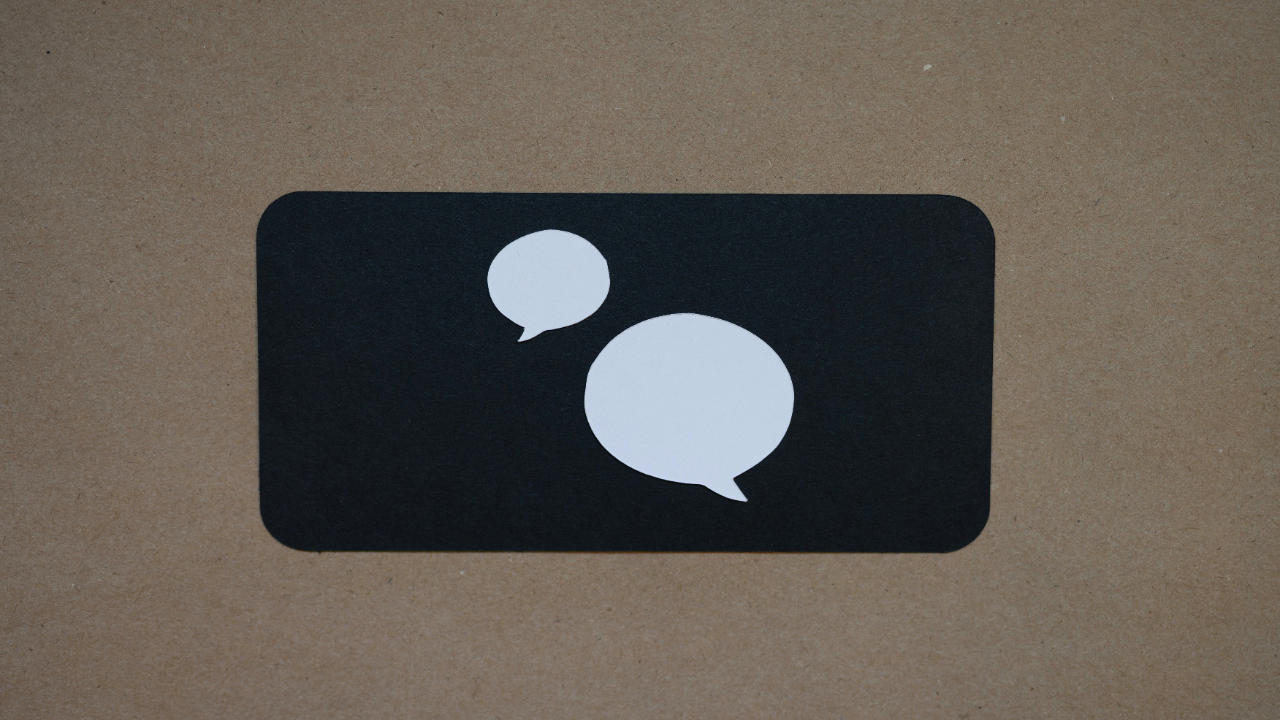What We Need to Know About Empathy

By: Josh
I never thought I’d learn so much from, and be so impacted by, a children’s book of all things.
But in Cori Doerrfeld’s The Rabbit Listened, protagonist Taylor endures a significant loss. As he experiences the roller coaster of emotions in response to the loss – anger, sadness, depression, and more – a rabbit joins him and just…listens. The rabbit listens to Taylor’s explosions of anger, his woes of sadness, silence of depression, and eventually his excitement at the opportunity to rebuild. But all the while, the rabbit simply listened.
In addition to this short children’s book, my approach to leadership is also heavily guided by a lesson my mom taught me growing up: that no one cares how much you know until they know how much you care. If you don’t care about me, why would I care about you or what you want me to care about? As leaders, do we care about others through their highs, their lows, their successes, and their needs? How can we expect others to care if we first don’t show that care for them?
To me, Taylor’s rabbit, my mom, and all these lessons point to one thing – the importance of empathy.
But the idea, even the mere word, of empathy is scary. It calls for vulnerability. Sometimes, it requires us to sit in awkward silence. It’s often seen as soft, meek, and coddling. Leaders often mistake empathy for weakness.
However, empathy is critical for leaders. It’s a behavior guided by genuine care – care for others as human beings, for their circumstances, and for their needs. Sometimes, it can look like listening. Other times it can be validation – “I hear you.” And still other times, it can be connecting with someone by getting to know them better. Empathy is a means for us to build connections with people, be present with them, encourage resilience, and establish trust.
A way to define empathy is our ability and willingness to identify, understand, and consider others’ feelings, circumstances, and experiences. It’s making the effort as a leader to meet someone where they are at mentally, emotionally, and physically. To do this, we must appreciate their beliefs, their circumstances, and their perspectives. We must first seek to understand.
Just like any skill we aim to improve (yes, empathy is a skill that can be learned and developed), we need to first learn more about empathy to understand it better. Then, when we know better, we can do better. We can put our new awareness into practice to ultimately build a habit. As a habit, empathy becomes easier to do; it occurs more naturally, authentically integrated into how we lead.
So, let’s learn a little more about empathy – what it is, why it matters, and what it can look like in our actions as leaders.
The Power of Empathy
We may be cautious about empathy. Whether it be a lack of knowledge, limited exposure to healthy examples of it, or that it does not come naturally to us, we may have initial reservations.
But empathy is a behavior, an attitude, and a skill – all which can be developed. There’s good reason to care about it and look to develop it, too.
First, empathy allows us to build care through trust. Trust is the currency of leadership, which is a factor of a leader’s competence, character, and care. Empathy is a key ingredient to the factor of care, allowing us to build a meaningful connection with someone. Again, no one cares how much we know until they know how much we care.
Second, empathy is a pathway to engaged leadership. We must be close to effectively show empathy. It requires us to take time to listen, which leads us to better engage our people. As a result, our people feel seen, heard, appreciated, and valued.
Third, empathy improves our ability to maintain a pulse on our team. By listening more, we appreciate things more deeply and accurately. As a result, we are better informed, leading us to not only make better decisions, but to appreciate the realities of others’ situations, challenges, and perspectives. People often need to simply be heard and appreciated more than they need our advice. Empathy and listening create that bridge.
Finally, empathy is a means to encourage resilience in others. Empathy provides others support when they are struggling through challenges. When people feel supported and cared for through life’s obstacles, they become more capable to rebound.
What Empathy is Not
Equally important as appreciating the power of empathy, though, is clearly understanding what empathy is not. Empathy is not soft, overly emotional, or weakness.
It’s not hastily solving someone’s problem like some hero. It’s not saying, “You’re having this issue? Well, let me tell you what you need to do to fix it.”
It isn’t trying to be overly nice, aiming to rapidly alleviate people of their pain. No empathetic statement ever started with, “Well, at least it’s not…”. Statements like that, while trying to be optimistic and positive, in fact come off as inconsiderate and attempt to minimize someone’s current situation. Empathy acknowledges and is present through pain. We know it will still take time to heal no matter what we say or do.
Empathy also is not silence to prevent rocking our team’s boat or avoid having hard conversations. That’s crippling compassion, which does not benefit anyone. Failure to have hard, necessary conversations allows problems to fester below the surface and continue to thrive. Eventually, they will burst, leading to more disastrous consequences.
It’s also not making the situation about us. Often, we try to relate to the other person. But we also get uncomfortable in silence. So, as a result, instead of being silent, we try to tell our story. We share, “I too went through something like this, let me tell you about it…” Or, worse, we try to be overly optimistic, and share how “this isn’t so bad.” Comments like these are tone deaf and really make the situation about us, rather than focusing on them.
Finally, empathy isn’t coddling, overly compassionate, or behaviors that prevent us from holding others accountable to standards. We can still demonstrate empathy as we communicate expectations, give feedback, develop people, and lead our team towards excellence.
Again, empathy is about being committed to noticing, appreciating, and considering other peoples’ circumstances. Doing so enables us to be in-tune with their feelings and needs as we continue to lead them. Through this we connect better, they feel seen and heard, and we create a more caring and welcoming environment. As a result, we improve our team’s performance, we improve our peoples’ satisfaction on the team, and enable long-term success of our people and our team.
Empathy in Action
So, what does empathy look like? Well, it can look like a few different kinds of leader behavior.
- Shutting up, listening, and being present: When we are enduring the depths of struggles, we seek companionship. We seek someone to see, acknowledge, and appreciate our pain. Like Taylor in The Rabbit Listened children’s book, we rarely look for someone to rush in and solve our problem. Rather, we seek someone to share in our low, to be there with us, to validate our situation. So, empathy can often mean doing less as leaders. Don’t underestimate the power of merely shutting up, listening, being present, and using the simple words of “I hear you.”
- Assuming positive intent: People make mistakes. We have off days. Others may be going through things that we don’t know about. Thus, I’ve always defaulted to assuming positive intent in others, especially with those on my team. Everyone wants to do their best; we want to add value. But if someone falls short, leaders should first focus on understanding what is going on “below the waterline” before fixating on the performance failure, especially if it is abnormal behavior. What conditions led to this? What do I not see here? Again, seek to first understand.
- Being slow to judge or correct: Be curious and open to other perspectives. We may have a different perspective or may outright disagree with someone, but that does not authorize us to stop listening and caring about them. First and foremost, pause. Listen to understand and identify needs. Then, consider what kind of response is best – best for the situation, for the person and their needs, and for the team’s future.
- Offering a helping hand: Empathy is not just marinating and wallowing in people’s pain. When they are ready, we are there to help build them back up. Ensure our listening and investment help provide people structure to their thinking and a path forward. It’s not solving their problem for them but helping to appropriately transition the conversation to “so what” and “now what.” Simple questions like, “How can I be most helpful here,” or “what does success here look like for you” can help provide value-based empathy to a conversation. Remember, we are not heroes here to save them. We can’t rush them to solutions. Like Taylor’s rabbit, we listen. And we listen. And when they are ready, we help them to make their way out of their mental-emotional hole.
Developing Empathy
Sure, this all might make sense. But if you’re still asking, “well, now what?” and wondering where to go from here, let’s explore a few considerations for our way forward.
First, continue learning more about empathy through self-study. Some initial go-to recommendations are Daring Greatly and Dare to Lead, both by Brené Brown. Beyond that, if we come across the topic of empathy and leadership in articles, other books, podcasts, and even social media, engage in it. Check it out. Learn more about perspectives on how leaders can be effectively empathetic.
We can also reflect on and discuss it more. We can reflect on examples or experiences, either personally or with the help of a mentor. Processing like this can help us clarify our own lessons learned and ultimately develop our authentic way to being empathetic as a leader.
Then, we can deliberately practice in small ways. Maybe during your next scheduled one-on-one with a direct report, you can focus on listening more actively, asking more questions to dive deeper, and be curious a little bit longer than normal. Maybe you can pause to fully engage with someone who pops into your office for a quick question.
Finally, seek feedback. At the end of that conversation where you were curious and questioning more deliberately, ask the person for feedback. Specifically, you can ask, “In what way(s) was I most helpful in this conversation,” or “How did this conversation land with you today?”
Conclusion
At the end of the day, empathy as leaders is not a mere convenience. It’s not an obstacle to team performance, development, or accountability. It is uncomfortable, yes, but is an important space that leaders must fill to be engaged with and to care for our people. It’s our ability to identify, understand, and consider others – their feelings, circumstances, and experiences – so that we can be the best leader possible for them and make the best decisions possible for our team.
So, what obstacles exist for you to being more empathetic as a leader? Why?
Is there one opportunity this week you can practice being more empathetic with someone?
What does authentic empathy look like in your behaviors as a leader?
Remember, no one cares what you know until they know that you care. Remember Taylor’s rabbit who simply listened. People buy in to the leader before they buy in to the vision. If you care about me first, I’ll reciprocate and care about you. In turn, I’ll ultimately care about us. This is the simple power of empathy.





